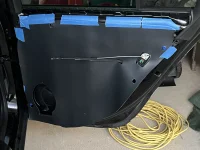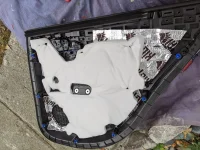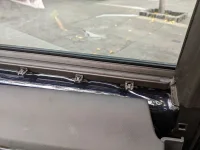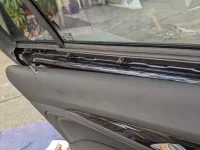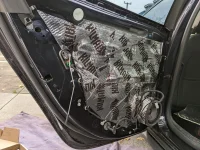Thanks for your data point.
The thing is - Measuring sound level is not simple/straight-forward. I'm not an expert, but I would imagine you need a relatively repeatable environment and position and measurement equipment. I assume you use the same dB meter and drove the car the same way before/after to measure the drop in dB...
Another big factor is what noise level and where you measure from. I.e. if the majority of the noise is from tire and wind, and you put your sound-meter right by your legs, and you're measuring while your car is going over noisy concrete at 80 mph, then the sound insulation you put down in the doors and floor will show GREAT improvement. however, if you put the sound-meter at ear level, where there is still a lot of noise coming through the window and door gap and roof, and/or you're driving a more modest 40 mph on smooth asphalt, then your improvement may be much less. Thats why good test labs usually describe the measurement conditions and methodology.
When you measure your 8-10 dB drop, are you going from 90 dB (probably worst-case I described - high speed over concrete with bad tires) to 80dB? Or did you drop from 60 dB down to 50 dB (super impressive!) Also, are you comparing peak/max dB or some sort of steady-state noise level over 10-30 seconds?


